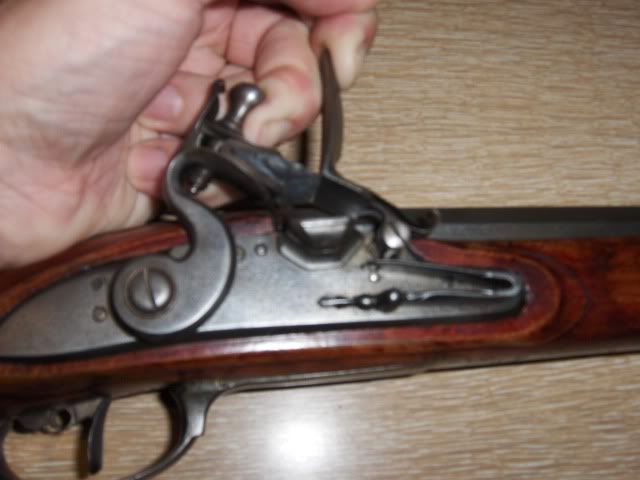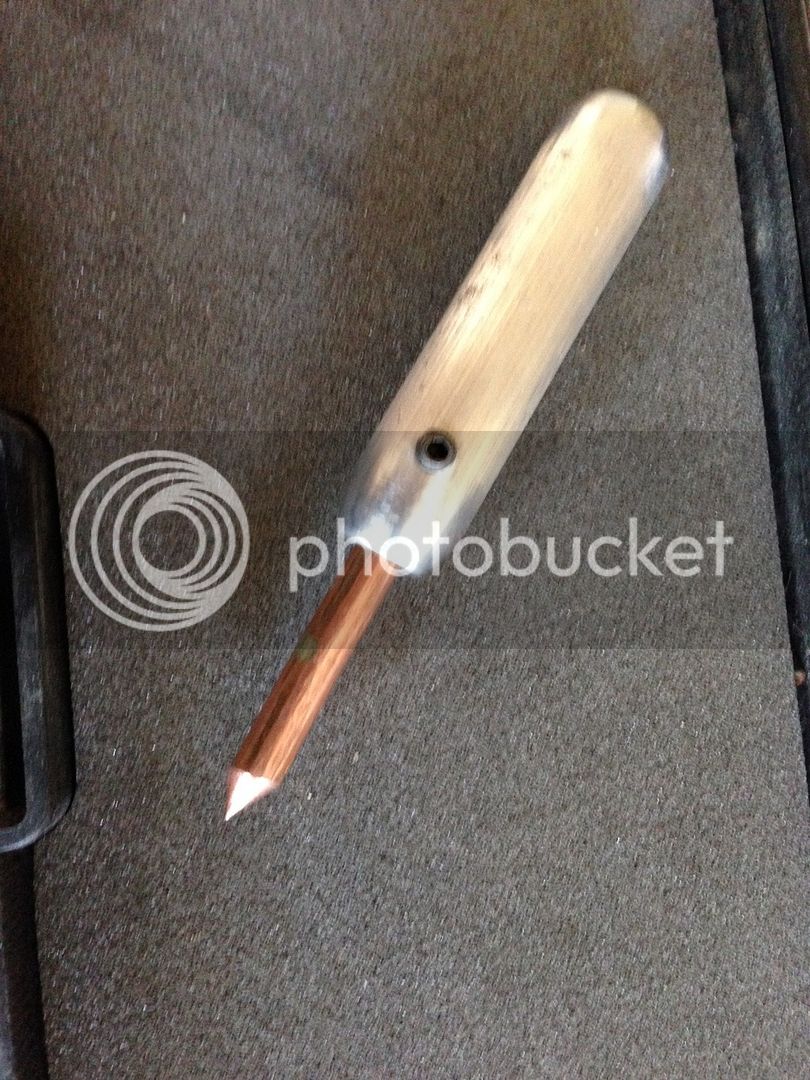Pete G said:
The only time I do anything with a flint is when it does not spark twice in a row. Generally a small repositioning in the jaws will fix this. Using this method can often get somewhere around 100 shots from a flint.
I also almost NEVER have to knap my flint. The angle of the strike onto the frizzen that Paul Vandingham harped on for so many years (and I've harped on ever since he passed) assures a self-knapping flint with extreme flint life. Trick is to get the flint to strike the frizzen at a 55° to 60° angle when you are firing your rifle.
On the rare occasions where I do knap the flint, I do so by "hammering" it on the frizzen. To do this:
Ӣ pull the cock into full cock and pull the trigger while holding onto the cock.
Ӣ Lower it down slowly and push the frizzen back (opening the pan a little bit) until the the flint meets the bottom edge (NOT the face) of the frizzen.
Ӣ Hold the frizzen in place by pushing your thumb against the side behind the face.
Ӣ Pull the cock back to the full cock position
Ӣ Remove your hand from the cock and pull the trigger.
This forces the tip of the flint to strike the bottom edge of the frizzen at precisely the correct angle and with exactly the right amount of force to knap the entire edge of the flint at one time.
Warning!!!!! If your thumb sneaks up in front of the face of the frizzen when you pull the trigger, you will slice your thumb open. So....don't do that.
By the way, it takes much less time to do this than it does to read about it!
I used to do a lot of reenactments, but my health is not so good anymore. I would typically fire about 70-80 rounds of blanks in two days. At that rate, I might have to knap the flint by hammering the frizzen once every 3 events or so.
Hope this helps,
Twisted_1in66 :thumbsup:






